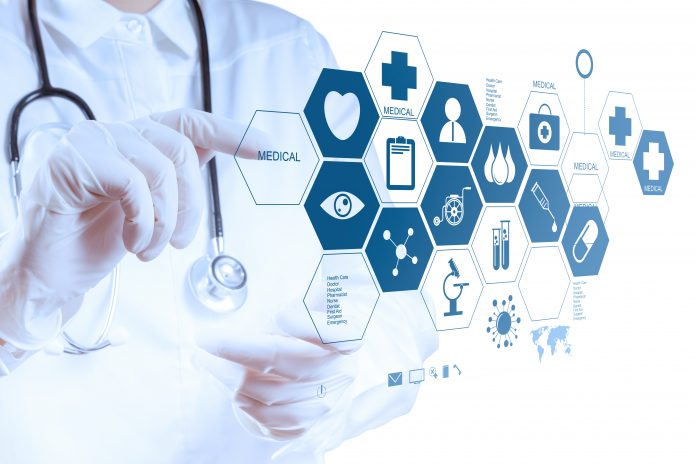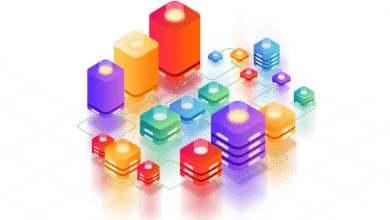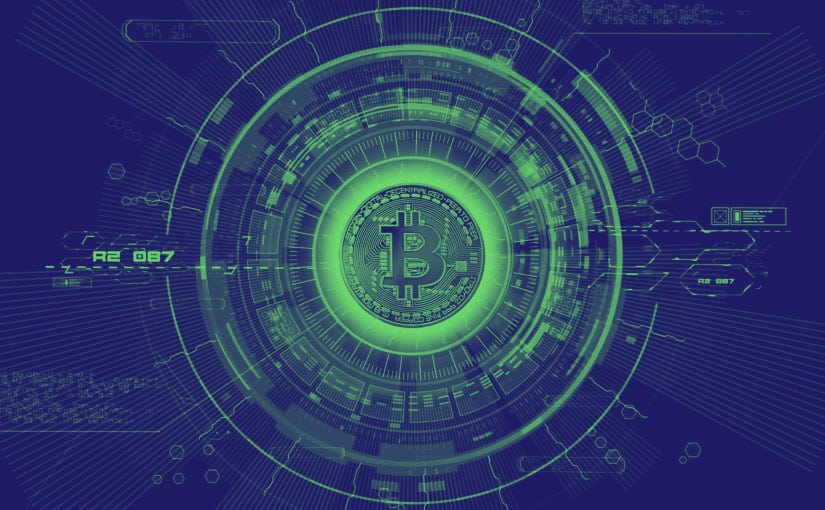How Blockchain Is Impacting Healthcare And Life Sciences Today

Soon after its development as the underlying architecture for Bitcoin, the concept of the blockchain was recognized as having broader value beyond enabling a decentralized alternative form of currency. For example, some organizations are beginning to use blockchain to apply advanced analytics from distributed sources without compromising the privacy of individuals.
We are now seeing a rapid expansion of blockchain-based technology offerings, many of them in the Healthcare and Pharma/Biotech spaces. Though still in the early days and, despite an enormous amount of interest, most of these value propositions remain little more than prototypes. However, the rate of evolution is surprisingly fast, and the time is right to review some of the emerging use cases and consider where things may lead.
First, what is blockchain? In a nutshell, it is a log of transactions that is replicated and distributed across multiple decentralized locations: As such, it offers a secure, high integrity, “neutral” 3rd party mechanism for knowing what data is where and precisely how it is changing over time. Blockchain is not a magic bullet that solves all data management problems but few areas of data sharing cry out more for improvements in efficiency and security than the data domains of Healthcare and Pharma/Biotech.
Blockchain in Healthcare
There are many use cases being explored in Healthcare but let’s narrow our gaze on a few of the most promising:
Health Records
Creating usable, high integrity records associated with a patient despite their moving through different healthcare domains and systems is one of the great challenges of healthcare IT. Blockchain offers the possibility of creating a reliable place to track the changes across systems in a manner that gets around many of the concerns associated with data integration between proprietary systems. In effect, blockchain becomes the unifying glue that holds together a highly fragmented healthcare record.
Importantly, however, this quickly raises one of the most significant non-technical implications of blockchain: If a decentralized ledger is the source of authority, then who “owns” the rights to access “your” part of the blockchain? It makes sense for the patient to own this access. If so, the rise of blockchain could see considerably more control by patients of their data as they will (in theory, literally) hold the key.
The variety of blockchain for Healthcare concepts can be thought of as spreading along a spectrum from “techno-utopian fantasy” to “compelling near-term use case”. One approach towards the latter half of the spectrum is the creation of a blockchain-based Master Patient Index (MPI). MPI is a topic that aggravates most healthcare organizations as it is surprisingly hard for them to reliably track individuals as they consume healthcare from different sources. Patients names are spelled differently, addresses change, insurance providers change. Tracking and adjudicating such patient data is a constant struggle. When it goes wrong… well, in healthcare you really don’t want it to go wrong.
MPI is an area of low hanging blockchain fruit, especially for the many existing Health Information Exchanges that have been established to share patient data between provider systems.
Revenue Cycle, Reconciliation & Fraud
One of the greatest cost burdens lurking in the processes of US healthcare is the continuous tracking of the flow of services and money: The enormous complexity and distributed nature of our health system means that billions of dollars are expended annually trying to understand which patient received what service from which service provider and by whose authority. Disputes inevitably arise, and both the insurance industry and the providers of healthcare then expend a great deal of additional time and money adjudicating these disagreements.
Because of its independent architecture, blockchain could potentially form the foundation of a high integrity tracking capability that is updated in a near instantaneous manner. This would lead to many less errors (with both financial and patient care upsides) and substantially reduce fraud. Given the scale of opportunity here, this might generate enough interest to attract the investment and intellectual commitment required to solve this complex technical challenge.
Blockchain in Life Sciences
The direction of travel of Pharma/Biotech R&D is towards cross-organizational collaboration: The sharing of resources and insights across the borders of companies, government agencies and research institutes is central to the development of therapies. But organizations are often reluctant to share data for fear that it gets stolen. Blockchain offers the possibility for trust to be hard coded into the process of collaborative R&D in a way not possible before. More trust means more collaboration and, in turn, more productivity.
Exploring the implications that are generated for individuals by blockchain, the rise of personal genomics means that patients who have their genetic code sequenced are in a position to license access to their genome (for cash or other rewards) in a way not previously possible. Therapeutic research is increasingly focused on mining the genome for information. The potential for blockchain to be used as the backbone for licensed access to an individual’s anonymized genetic sequence is one of the patient-empowering edge cases that might well move center stage sooner rather than later.
Other opportunities in hospital & pharma cybersecurity, supply management, IoT data management, and precision medicine lie on the horizon.
A Blockchain Future?
Many barriers need to be overcome before blockchain can be accepted as a mainstream technology: A lack of standards, challenges in communicating between different block chains, the need for off-chain development of open system interfaces, and getting intermediaries (who currently profit from controlling the data) to interface with blockchains are all reasons to slow adoption.
Given that medical errors are estimated to be the third leading cause of death for Americans, improvements in the handling of health data is a time-critical necessity. These are early days but with effort and experience, we can expect more of the technical limitations of blockchain to be overcome and the broad range of advantages to become more compelling. There is so much inefficiency to remove and so many improvements to patient care within our grasp, that the future for blockchain in health seems promising.
Source: forbes























